The draft lease for the nettleton set is held at Lincolnshire archive centre today. This says provision for driving of shafts and drifts of ironstone was granted in 1860, These are rather odd words as normally its “sinking ” a shaft. No work was untaken until 68 years later in 1928 when the nettleton top adit was driven into the hill side, Branches from this tramway in lead to the pillar and stall workings, this was all worked by hand in the original areas of the mine, the ore was wheelbarrowed to the tubs then loaded by hand .The ore was taken to the surface by horses along a 30lb rail , From here it would be loaded into the aerial ropeway to be sent to the furnaces. Most of tubs used in the early days and the rail are from the original greet well set . It’s unknown if the horses came across from here but many of the miners did, Everything appears to of been re purposed.
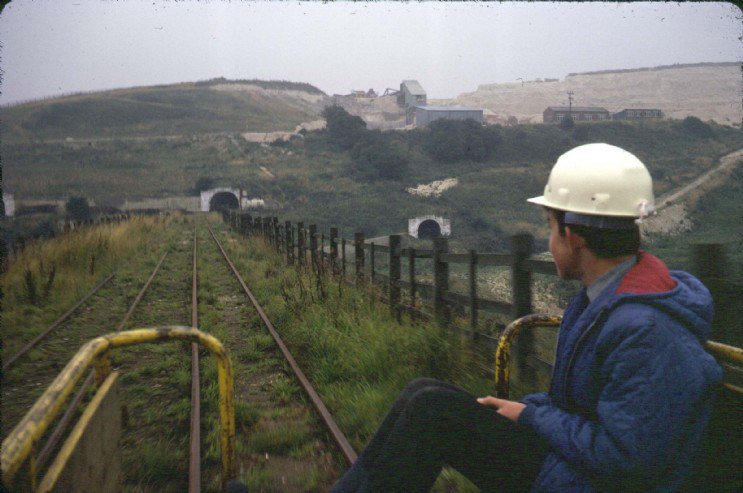
This photo shows the surface quarry still working above the nettleton mines , vegetation has started growing on the track but it appears the young gentleman is riding on a man rider. We suspect this is dating between 1967-1969. This photo was found on google with no uploader ,we would very much like to talk to the owner of this . We have taken it Upton ourselves to add it to our archives .
It has been noted that the roof was hard to support in the early days but they got over this later on .The mine had florescent lighting added later on in the early days it was just carbide lighting & a rotary cart tippler which then went through a crusher before going into the aerial ropeway. The aerial ropeway held 12cwt of ore per bucket, They travelled at 130 yards per minute, the plant had been designed to deal with 75 tonnes per hour, initially it only got supplied with 25 tones per hour but later on it was receiving its full work load. In total there was 70 hods on the cable it took each hod 40 minutes to complete the round trip.
in 1955 production from Nettleton top was slowing down, possibilities of a mine on the other side of nettleton beck started to arise, in 1957 the adit was being driven this was to be named the Nettleton bottom mine. The most striking change was that the rotary tippler docks was abandoned & the aerial ropeway was also scrapped. A large concrete road was laid from Holton lee Moore sidings to the mine itself , large dump trucks could go up and down this all day then tip straight into the railway wagons. The mine itself had some heavier rail put inside for the battery powered locos & eimco loaders which was introduced, horses would still work at the working faces regardless of these updates, they worked until the last day. A charging station has been listed as being constructed in a side passage of a adit, Ventilation must have been an issue as notes for ventilation shafts have been found, no surface remains exist of any shaft though .
By 1960 production was at 4000 tons per week, even with a steady output like this the mine could not survive for ever all operations ceased in 1968. In total 3.5 million tonnes was removed in the 40 years
A rather interesting nice note to end this chapter on is, a report from a miner saying his first thing to learn at the mine was how to leave the mine in total darkness . You grabbed hold of the horses tail and told it to go !
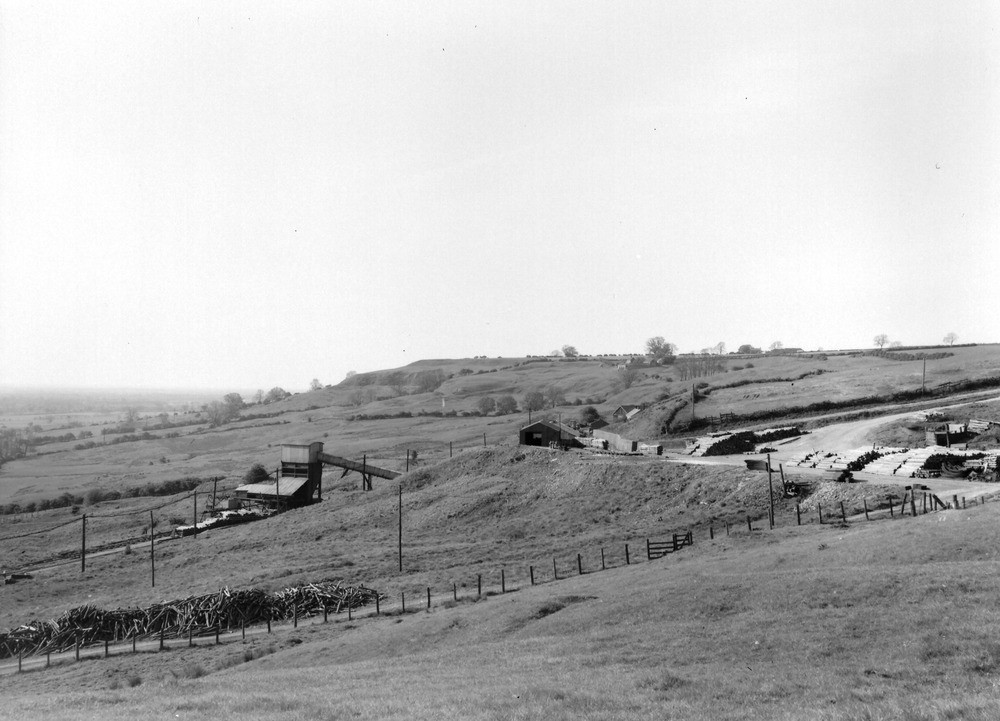
A point about 550 yd. W. of NW of Nettleton Top, near Nettleton. Looking S. View looking south along the cretaceous escarpment. The Nettleton Mine buildings are in the foreground. The profile in the background begins with the long irregular slope of the Kimmeridge Clay (on the right), rising up to the rounded bluff of the Spilsby Sandstone and, above it, the flat-topped platform of the Tealby Limestone which rises gently eastward (to the left) up to the Chalk lands 1949
BGS archive
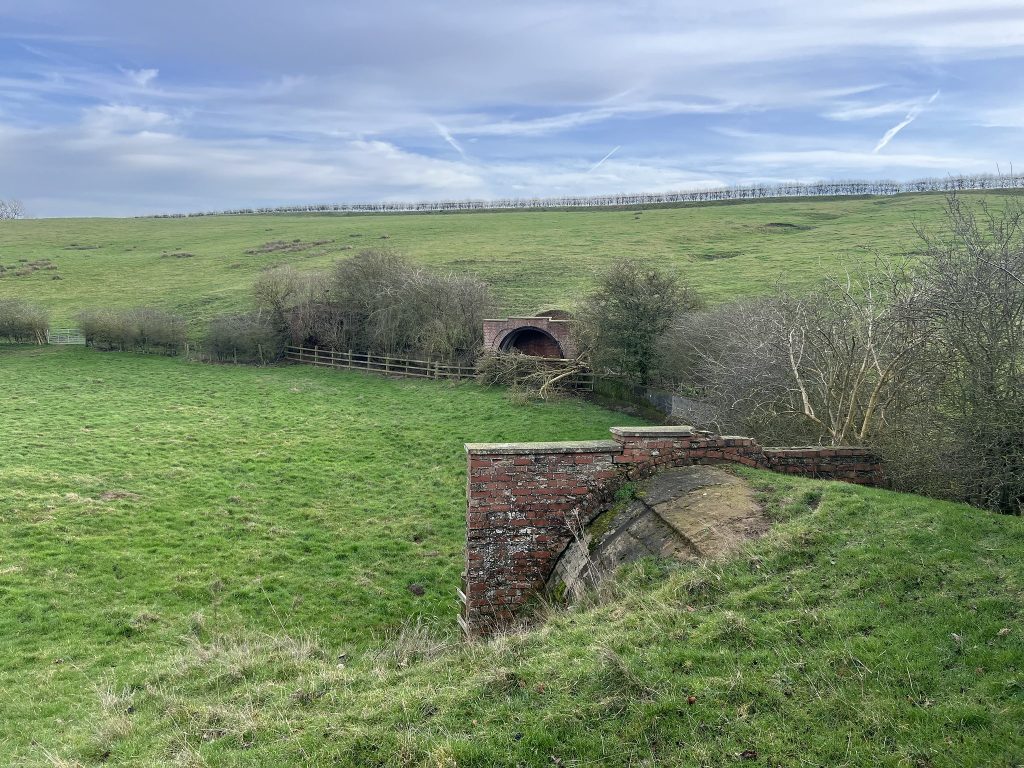
The site today looks like a scene of the lord of the rings “the shire of Nettleton” . Owls are perched inside the adit mouths, the adits themselves are completely sealed . The ground depression behind the middle adit in the image is hard to miss, This is where loco 5 is buried still attached to its tubs.
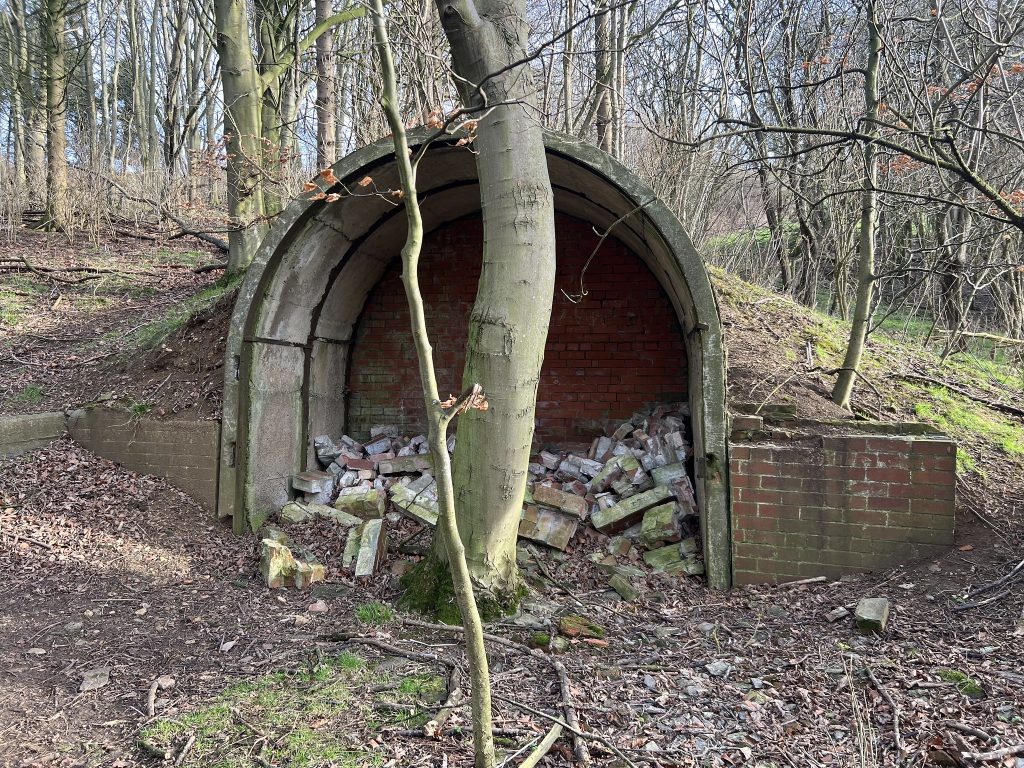
The site today is getting reclaimed by nature, this photo from January 2024 shows the scale of what has grown since the closure.
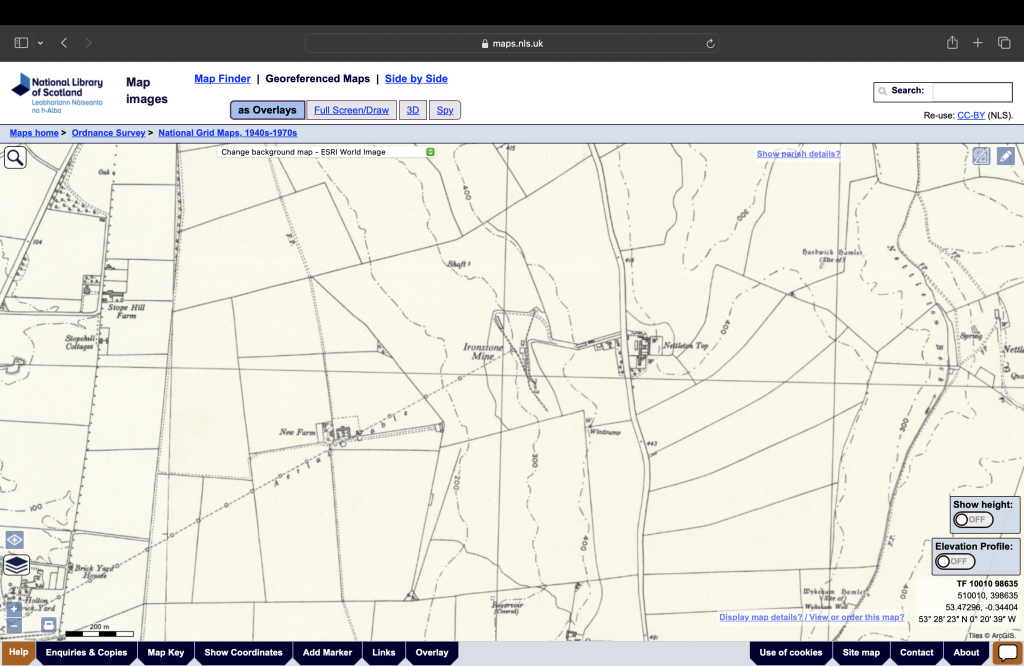
a aerial view on old os maps “1940-1970” shows the mining site and old aerial ropeway .
Permission for the images below has been obtained from the Author of the book – Ironstone mining in the Lincolnshire wolds, by Stewart Squires, Published by the society for Lincolnshire history and archaeology 2017.
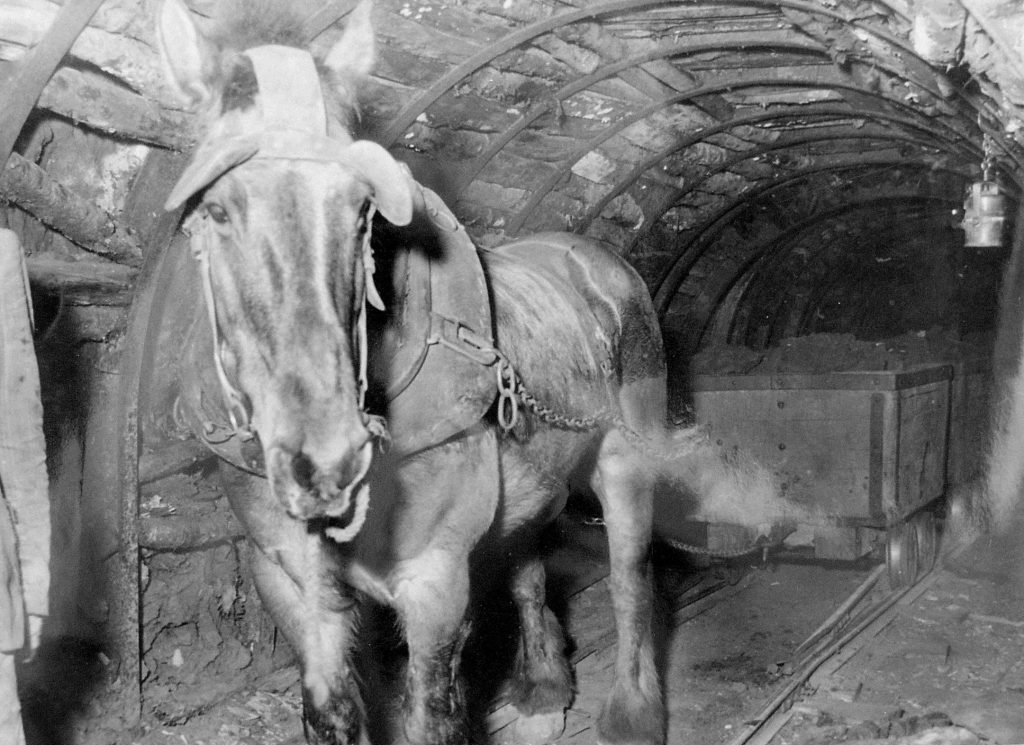
Nettleton mine top showing the horse haulage in the early years .
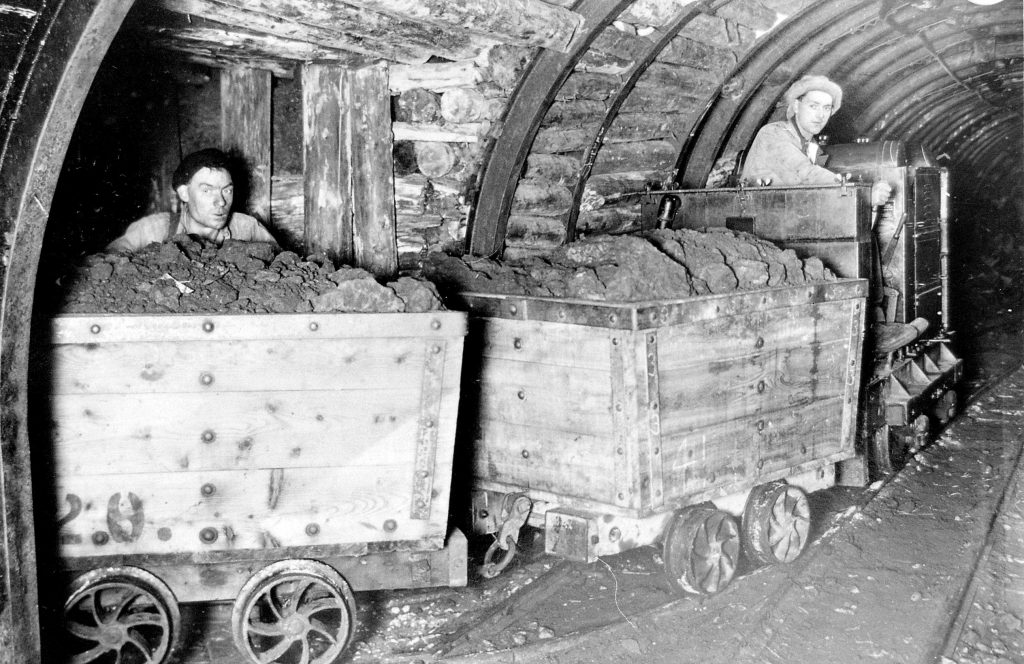
Nettleton mine top showing early style wagons being pulled by locomotive .
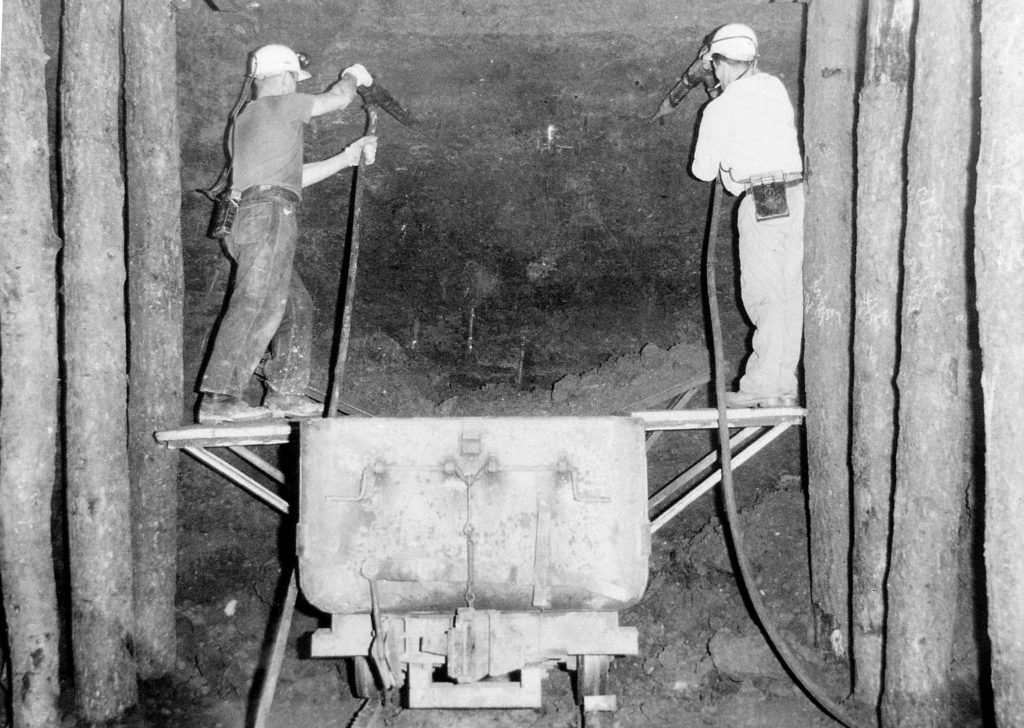
Pit props have been installed at this working face, the ring style arching has yet to off been installed. Note the tub is being used to gain height for drilling, much more sturdy than a ladder.
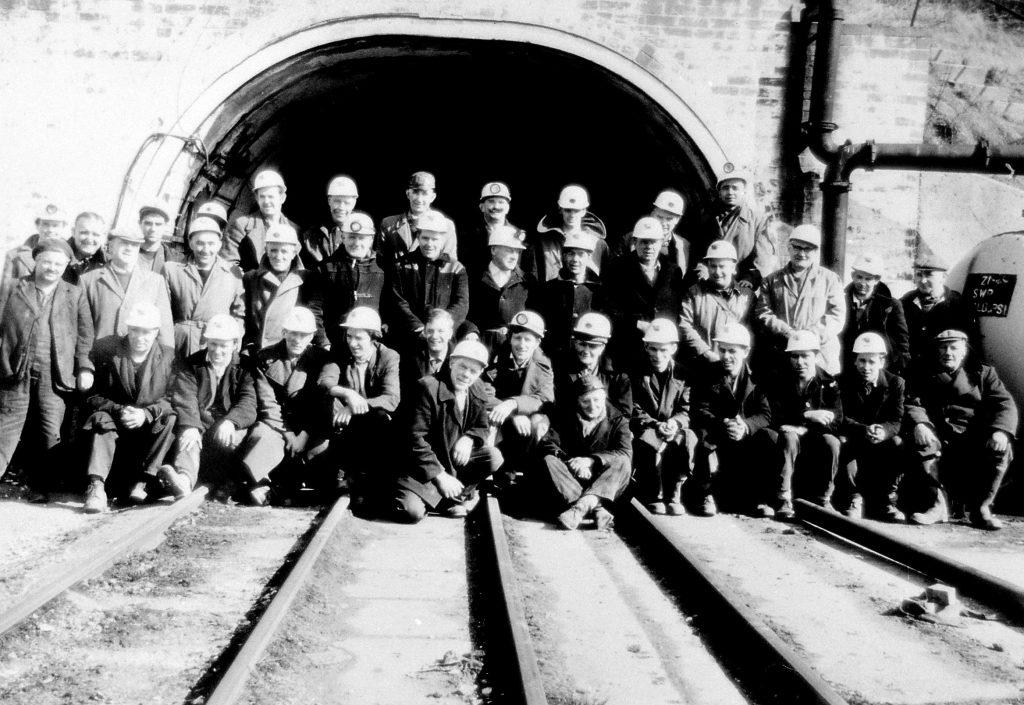
Nettleton bottom mine the last shift .
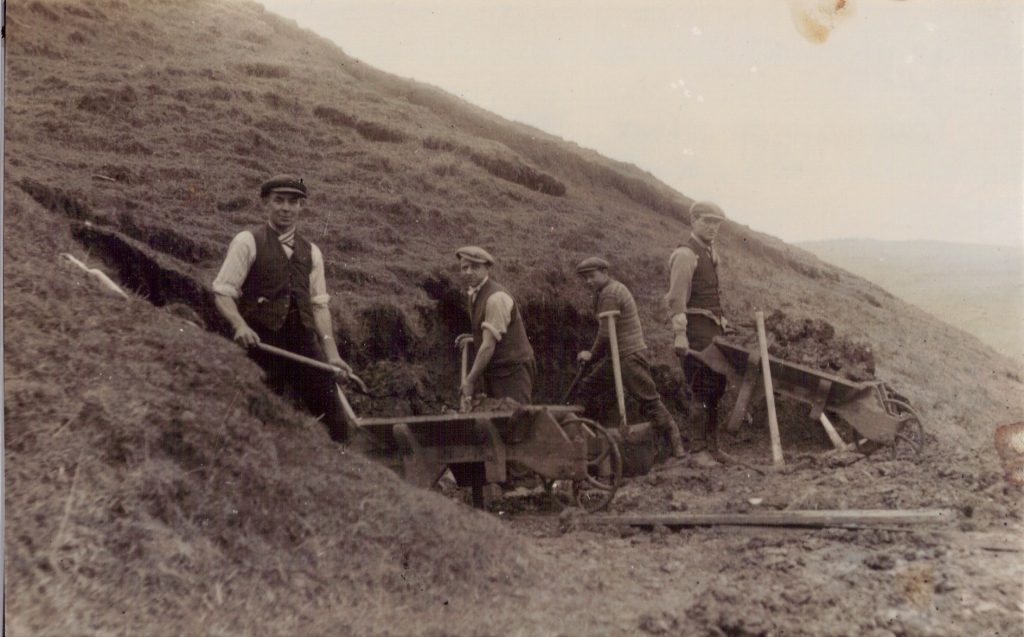
The first cutting
